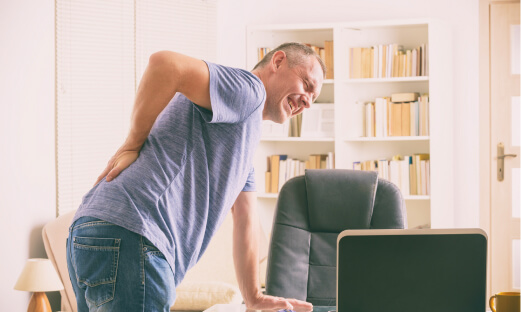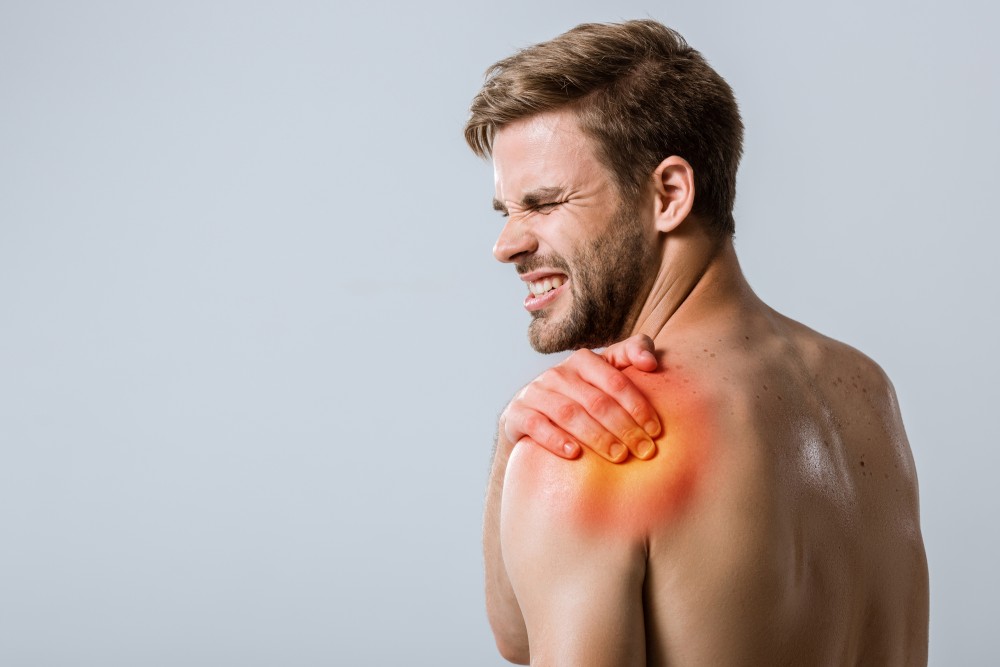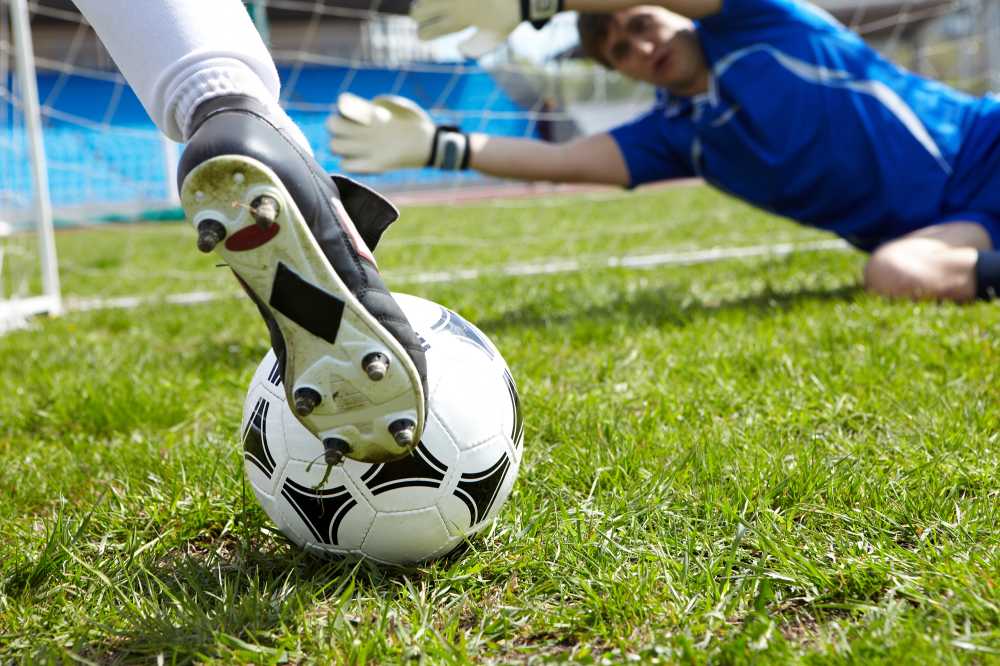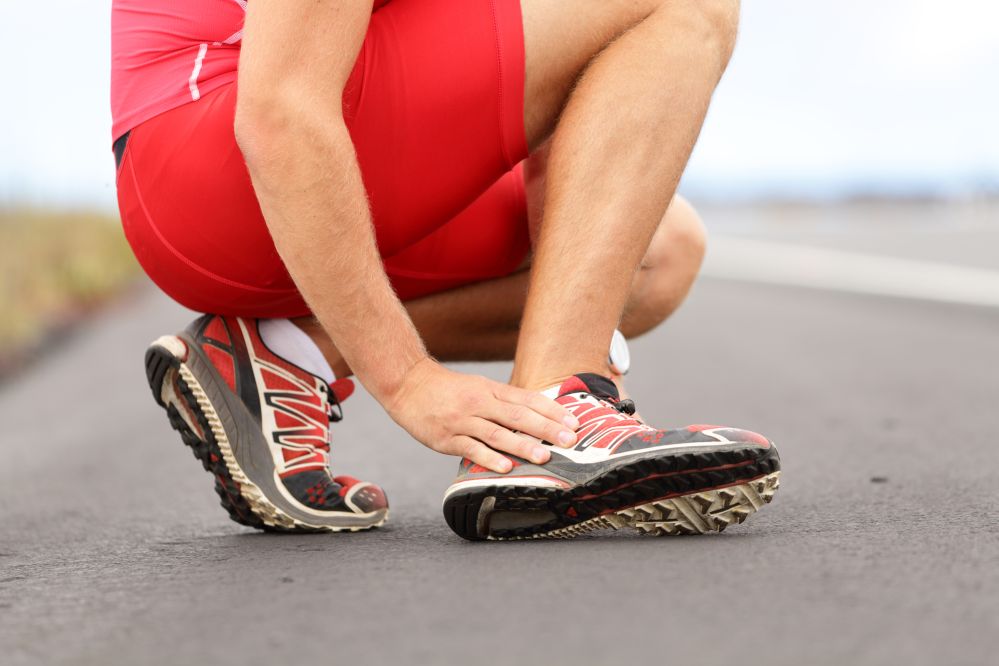Clicking sounds in the knee may concern some people, but are clicking sounds actually a cause for concern?
The knee is a complex joint that plays a crucial role in supporting our body weight and facilitating movement. When discomfort or unusual sounds arise, it is important to explore potential causes.
Below are some common reasons for knee joint clicking and ways to help reduce symptoms if there is associated pain.
Muscle imbalance
Muscular imbalances can contribute to knee joint clicking through several mechanisms. The knee joint is surrounded by muscles that play a crucial role in stabilising and supporting its movements.
When there is an imbalance in the strength, flexibility, or coordination of these muscles, it can affect the alignment and function of the knee joint especially through movement, thus leading to clicking sounds.
Knee joint instability
Knee joint instability is when the knee lacks proper support and stability, making it vulnerable to excessive movement or abnormal shifts. This instability can be caused by various factors, such as ligament injuries, muscle weakness, or joint abnormalities.
When the knee lacks stability, it can contribute to clicking sounds during movement.
Patellofemoral joint (PFJ) syndrome
Patellofemoral joint (PFJ) syndrome is a condition that is associated with pain behind or around the knee joint. Activities like squatting or climbing stairs can exacerbate pain or discomfort. Clicking may occur due to irregular movement of the patella (i.e. patella mal-tracking)
Gas bubbles
It is important to acknowledge that clicking sounds in the knee may also be associated with the release of gas bubbles in the knee joint, which are usually harmless. Some people are more prone to knee joint clicking than others.
Are you experiencing knee pain?
The appropriate treatment for knee pain can vary depending on the underlying cause. It is best to get a qualified physiotherapist to assess and treat the knee condition.
Effective treatments need to be directed towards the underlying causes and specific rehab exercises designed to correct any imbalances/biomechanics.
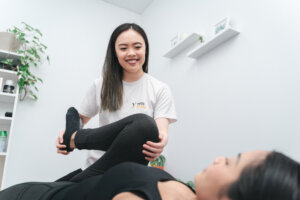
While waiting to be seen by your physiotherapist, you could try some of the following self-help strategies:
- Heat pack may assist in pain relief, increased blood flow and decrease muscle tension and tightness
- Strengthening exercises that target the muscles above and below the knee – i.e., hip flexors, quadriceps, hamstrings, calves, etc. For example, straight leg raises, squats, hamstring curls, calf raises, etc.
- Patellar stabilization exercises including step ups/eccentric step downs, mini squats, single leg squat
- Range of motion exercises including gentle knee bending and straightening, leg swings, heel slides, etc.
- Avoid overuse and overloading the knee joint to allow time for healing and your pain to settle.
For more information about knee pain and how physio can help, click here
Get your knee issues sorted with highly experienced physiotherapy now.


